If you’re looking for a new hobby to challenge your mind, chess could be the perfect fit for you.
Chess is a game of strategy played between two opponents on a board with 64 squares that are arranged in an alternate way in contrasting dark and light colors – typically black and white.
Each player starts the game with 16 chess pieces comprising of 1 king, 1 queen, 2 rooks, 2 bishops, 2 knights, and 8 pawns.
Learning how to play chess can be a daunting task, but with the right guidance, anyone can become a competent player. In this beginner’s guide to chess, we’ll cover the basics of how to set up the board, the movement of each piece, and the objective of the game.
We’ll also provide tips and strategies to help you improve your game and enjoy the hobby to the fullest. Whether you’re a complete beginner or have some experience with the game, this guide will help you take your first steps towards becoming a skilled chess player.
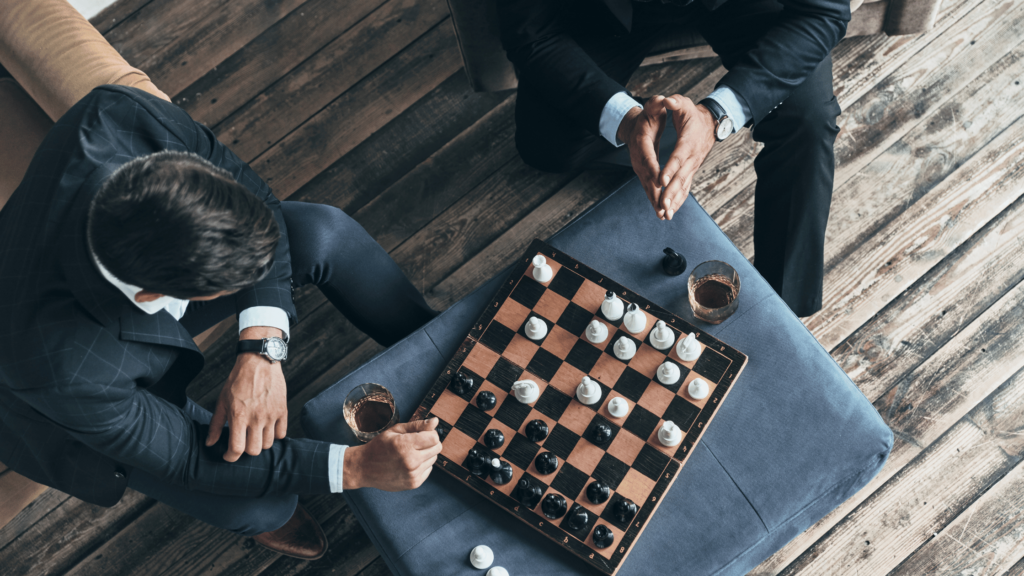
Understanding Chess
Chess is a two-player strategy game that is played on a square board divided into 64 squares of alternating colors.
The game is played with 16 pieces for each player, including one king, one queen, two rooks, two knights, two bishops, and eight pawns.
The objective of the game is to checkmate the opponent’s king, which means to put it in a position where it is under attack and cannot escape capture.
The Chessboard
The chessboard is a square board made up of 64 squares of alternating colors, usually black and white.
The board is set up so that each player has a light-colored square in the bottom right-hand corner. The board is divided into ranks, which are the rows of squares, and files, which are the columns of squares.
The squares are identified by a combination of a letter and a number, with the letter representing the file and the number representing the rank. For example, the square in the bottom left-hand corner is a1, and the square in the top right-hand corner is h8.
The Chess Pieces
There are six different types of chess pieces, each with its own unique movement pattern:
- King – The king is the most important piece on the board, and the objective of the game is to checkmate the opponent’s king. The king can move one square in any direction.
- Queen – The queen is the most powerful piece on the board and can move in any direction along a rank, file, or diagonal.
- Rook – The rook can move any number of squares along a rank or file.
- Bishop – The bishop can move any number of squares diagonally.
- Knight – The knight moves in an L-shape, two squares in one direction and then one square in a perpendicular direction.
- Pawn – The pawn is the weakest piece on the board but can be promoted to any other piece if it reaches the opposite end of the board. The pawn can move one or two squares forward on its first move and one square forward on subsequent moves. It captures diagonally, one square forward and to the left or right.
Understanding the chessboard and the chess pieces is the first step in learning how to play chess. With this knowledge, you can start to learn how each piece moves and how they can be used to create different strategies and tactics.
Basic Rules of Chess

Chess is a game of strategy that requires a basic understanding of its rules. Here are the fundamental rules that you need to know to play chess.
Movement of Pieces
Each chess piece moves differently. The pieces are placed on the board at the beginning of the game in a specific way. The pawns are placed on the second row, while the other pieces are placed on the first row. The king is placed in the center of the board, and the queen is placed next to it.
- Pawns: Pawns can move one or two squares forward on their first move, and one square forward thereafter. They capture diagonally, one square forward.
- Rooks: Rooks move horizontally or vertically, any number of squares.
- Knights: Knights move in an L-shape, two squares in one direction and then one square in a perpendicular direction.
- Bishops: Bishops move diagonally, any number of squares.
- Queen: The queen is the most powerful piece on the board. It can move horizontally, vertically, or diagonally, any number of squares.
- King: The king is the most important piece on the board. It can move one square in any direction.
Check and Checkmate
The ultimate goal of the game is to checkmate your opponent’s king. Check occurs when the king is under attack. The king must move out of check or be protected by another piece. If the king cannot move out of check or be protected, the game is over, and the player is checkmated.
Special Moves
There are two special moves in chess: castling and en passant.
- Castling: Castling is a move where the king and rook switch places. This move can only be made if neither the king nor the rook has moved, there are no pieces between them, and the king is not in check.
- En passant: En passant is a move that can only be made by a pawn. If a pawn moves two squares forward on its first move and lands next to an opponent’s pawn, the opponent’s pawn can capture it diagonally as if it had only moved one square forward.
Understanding these basic rules is essential to start playing chess. Once you have mastered these rules, you can start exploring more advanced strategies and tactics to improve your game.
Chess Strategies and Tactics
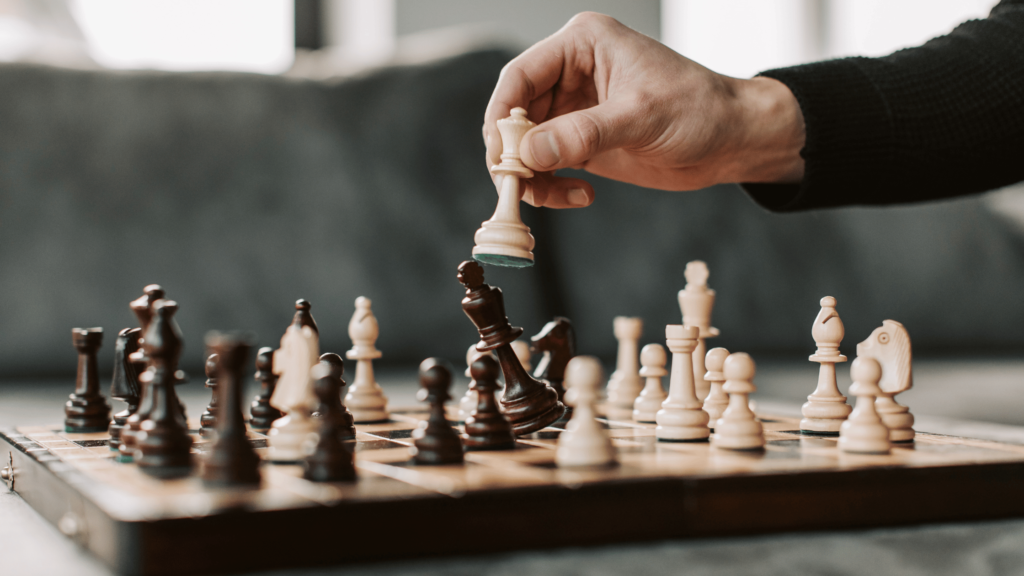
If you’re just starting out with chess, it’s important to understand the basic strategies and tactics that can help you improve your game. Here are some key concepts to keep in mind:
Opening Principles
The opening is the first phase of the game, and it’s important to make good moves right from the start. Here are some opening principles to keep in mind:
- Control the center of the board: Try to occupy the center squares with your pawns and pieces. This will give you more space to maneuver and make it harder for your opponent to attack you.
- Develop your pieces: Get your knights, bishops, and queen out into the game as quickly as possible. Don’t move the same piece twice in the opening unless you have a good reason to do so.
- Castle your king: Castling is a great way to get your king to safety and connect your rooks. Try to castle early in the game if you can.
- Avoid moving too many pawns: While it’s important to control the center with your pawns, don’t move too many of them. This can weaken your pawn structure and make it easier for your opponent to attack you.
Middle Game Strategies
The middle game is where most of the action happens in chess. Here are some strategies to keep in mind:
- Look for tactics: Chess is a game of tactics, so always be on the lookout for ways to win material or checkmate your opponent. Look for pins, forks, skewers, and other tactical motifs.
- Control key squares: Try to control the squares around your opponent’s king, especially if you’re attacking. This will make it harder for your opponent to defend and can lead to a winning attack.
- Improve your worst piece: Identify your worst-placed piece and try to improve it. This could mean moving it to a better square, exchanging it for a better piece, or simply using it to control key squares.
- Coordinate your pieces: Try to coordinate your pieces so that they work together as a team. For example, you might use your queen and bishop to attack a weak square while your knight and rook defend your king.
End Game Tactics
The end game is the final phase of the game, and it’s where you’ll often see games decided. Here are some tactics to keep in mind:
- King and pawn endgames: Learn the basics of king and pawn endgames, as these are the most common type of endgame. Know when to push your pawns, when to exchange pieces, and when to use your king to help your pawns promote.
- Passed pawns: A passed pawn is a pawn that has no opposing pawns in front of it and is free to advance to the eighth rank. Passed pawns can be very powerful in the endgame, so try to create them if you can.
- Zugzwang: Zugzwang is a situation where a player would prefer to pass their turn, but they are forced to make a move that weakens their position. Try to put your opponent in zugzwang if you can.
- King activity: In the endgame, the king becomes a powerful piece. Try to activate your king and use it to attack your opponent’s pawns and pieces.
By keeping these strategies and tactics in mind, you’ll be well on your way to improving your chess game. Practice often, study the game, and don’t be afraid to make mistakes and learn from them. Good luck!
Choosing Your Chess Equipment
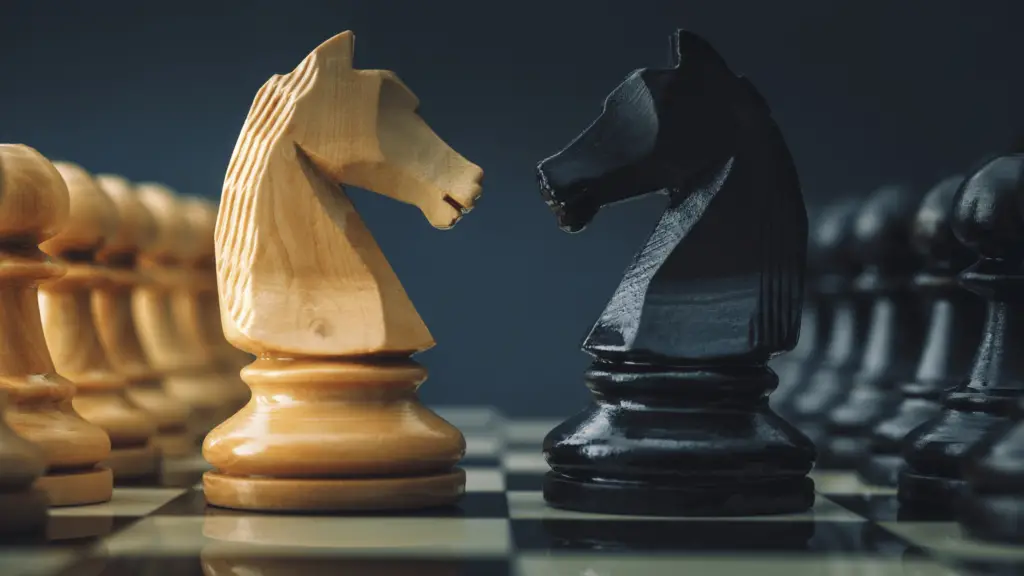
When it comes to playing chess, having the right equipment is essential. Here are some things to consider when selecting your chess equipment.
Selecting a Chess Set
The most important piece of chess equipment is, of course, the chess set. When selecting a chess set, consider the following factors:
- Material: Chess sets come in various materials, including wood, plastic, and marble. Wooden sets are the most traditional and are often preferred by serious players for their durability and feel. Plastic sets are more affordable and lightweight, making them a good choice for beginners or for travel. Marble sets are the most elegant and are often used for display purposes.
- Size: Chess sets come in a variety of sizes, from miniature travel sets to large tournament sets. Consider where you will be playing and how much space you have available.
- Design: Chess sets come in a range of designs, from classic Staunton to themed sets featuring characters from popular movies or TV shows. Choose a design that appeals to you and fits your personality.
Choosing a Chess Clock
A chess clock is a device used to time each player’s moves and ensure that the game progresses at a reasonable pace. When choosing a chess clock, consider the following factors:
- Type: There are two main types of chess clocks: analog and digital. Analog clocks have a traditional look and feel, while digital clocks are more precise and often have additional features, such as a countdown timer.
- Features: Consider what features are important to you, such as a delay or increment function, which adds time to a player’s clock after each move.
- Compatibility: Make sure the clock you choose is compatible with your chess set and meets the requirements of any tournaments or competitions you plan to participate in.
Chess Books and Software
Chess books and software can be valuable tools for improving your game. When selecting books or software, consider the following factors:
- Level: Choose books or software that are appropriate for your skill level. Beginners should start with basic strategy and tactics, while more advanced players may want to focus on specific openings or endgame techniques.
- Author/Developer: Look for books or software developed by reputable authors or developers with a proven track record of success.
- Format: Consider whether you prefer books or software, or a combination of both. Software can offer interactive features and analysis tools, while books can be read at your own pace and provide a more in-depth understanding of the game.
By considering these factors, you can select the chess equipment that best suits your needs and preferences.
Joining the Chess Community

If you are looking to improve your chess skills, joining a chess community can be a great way to do so. Chess communities offer opportunities to learn from other players, participate in tournaments, and connect with like-minded individuals.
Chess Clubs and Tournaments
Joining a local chess club or attending a chess tournament can be a great way to meet other chess enthusiasts and improve your skills. Chess clubs offer opportunities to play against other players, participate in tournaments, and receive coaching from experienced players. Tournaments can be a great way to challenge yourself and see how you stack up against other players.
When looking for a chess club, consider the location, membership fees, and the level of play. Some clubs cater to beginners, while others are more geared towards advanced players. You may also want to consider the age range of the members, as some clubs may be geared towards children or seniors.
Online Chess Platforms
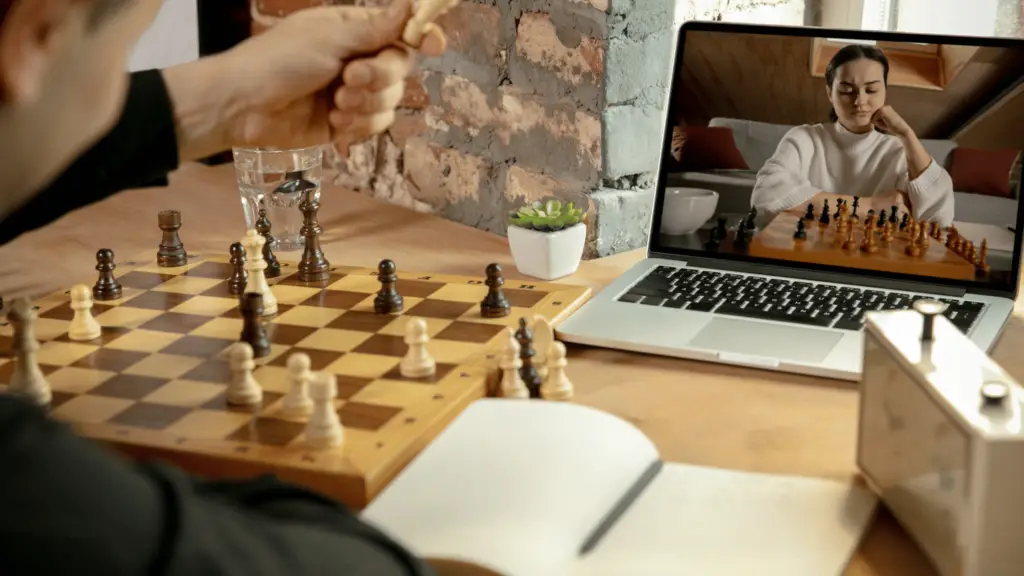
Online chess platforms offer a convenient way to play against other players from around the world.
These platforms often have a variety of features, including different game modes, puzzles, and tutorials. Some platforms also offer the ability to connect with other players and join online communities.
When choosing an online platform, consider the level of play, user interface, and available features. Some platforms may be more geared towards beginners, while others may be more geared towards advanced players. You may also want to consider the cost, as some platforms may require a subscription or have in-app purchases.
Joining a chess community can be a great way to improve your skills and connect with other players. Whether you choose to join a local chess club or an online platform, there are plenty of opportunities to learn and grow as a player.
We recommend checking out Chess.com and ChessKid.com to get started playing online.
Benefits of Chess as a Hobby
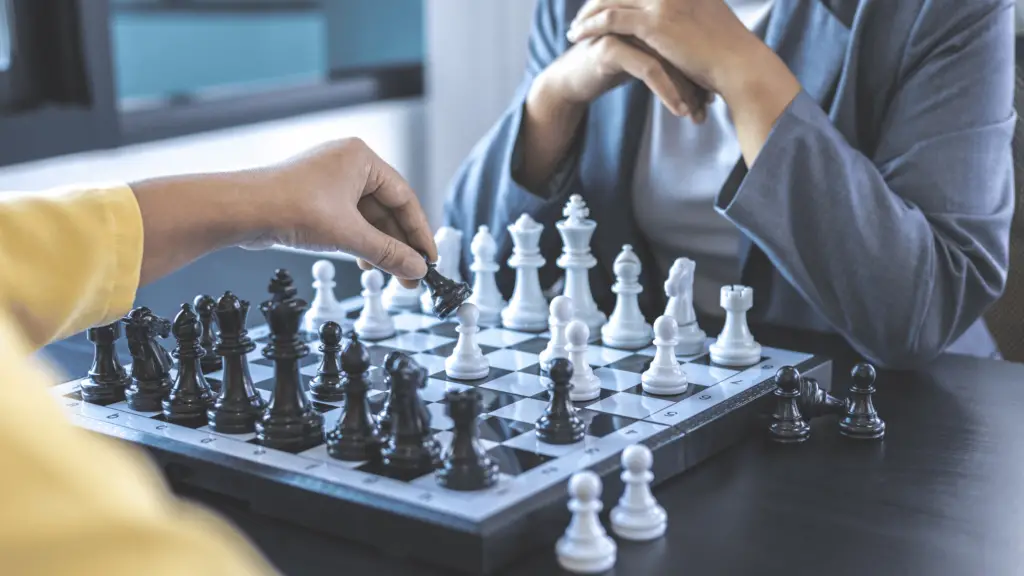
Chess is a hobby that can provide a range of benefits to its players. Whether you are a beginner or an experienced player, there are many reasons to consider taking up chess as a hobby.
Mental Benefits
Playing chess can have several positive effects on your mental health including:
- Improves cognitive skills: Chess is a game that requires a lot of mental focus and concentration. As you play, you will develop your ability to think critically, problem-solve, and make decisions quickly.
- Enhances memory: Chess requires players to remember various strategies and moves. Over time, this can help improve your memory skills.
- Boosts creativity: Chess is a game that encourages creativity and innovation. As you play, you will develop your ability to think outside the box and come up with new ideas.
- Reduces stress: Chess is a relaxing game that can help reduce stress and anxiety. Playing chess can help you take your mind off of your worries and focus on something enjoyable.
Social Benefits
Chess is also a great hobby for building social connections. Here are some of the social benefits of playing chess:
- Brings people together: Chess is a game that can be played by people of all ages and backgrounds. This makes it a great way to meet new people and make new friends.
- Improves communication skills: Chess is a game that requires players to communicate effectively with each other. As you play, you will develop your ability to express your ideas clearly and listen to others.
- Fosters teamwork: Chess can be played as a team sport, which can help develop your ability to work with others towards a common goal.
- Encourages sportsmanship: Chess is a game that requires good sportsmanship and fair play. Playing chess can help you develop your ability to be a good winner or loser and to treat others with respect.
Overall, chess is a hobby that can provide many benefits to its players. Whether you are looking to improve your mental health, build social connections, or simply have fun, chess is a great hobby to consider.
Conclusion
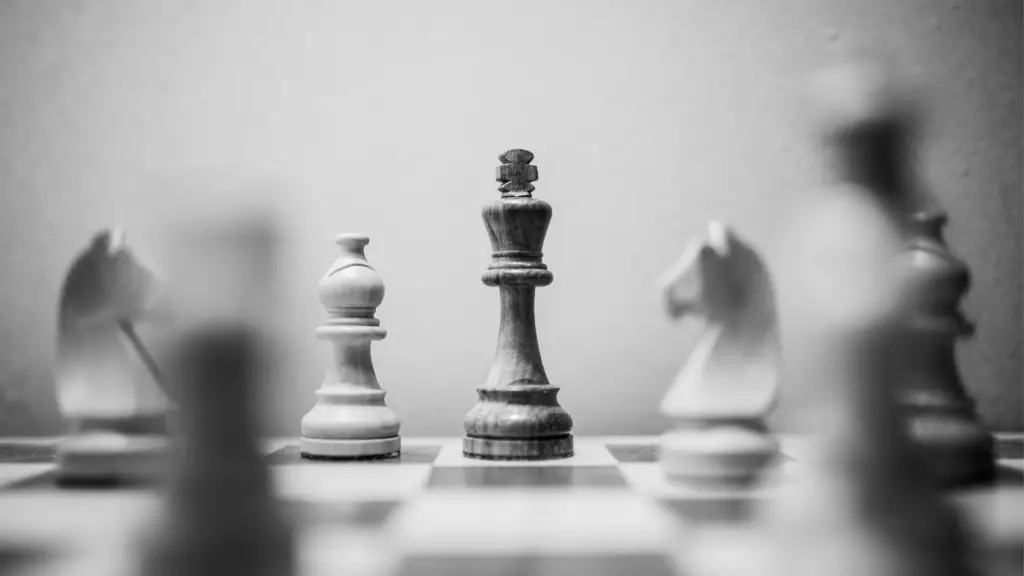
In conclusion, chess is a great hobby for people of all ages and backgrounds. It provides numerous benefits such as improving cognitive abilities, enhancing problem-solving skills, and promoting social interaction.
If you’re a beginner, don’t be intimidated by the game’s complexity. Start by learning the basic rules and practicing with friends or online. As you progress, you can explore different strategies and techniques to improve your game.
Remember, chess is not just a game, but an art form that requires patience, discipline, and creativity. It’s a great way to challenge yourself and have fun at the same time. So, why not give it a try and see where your skills take you?
Frequently Asked Questions
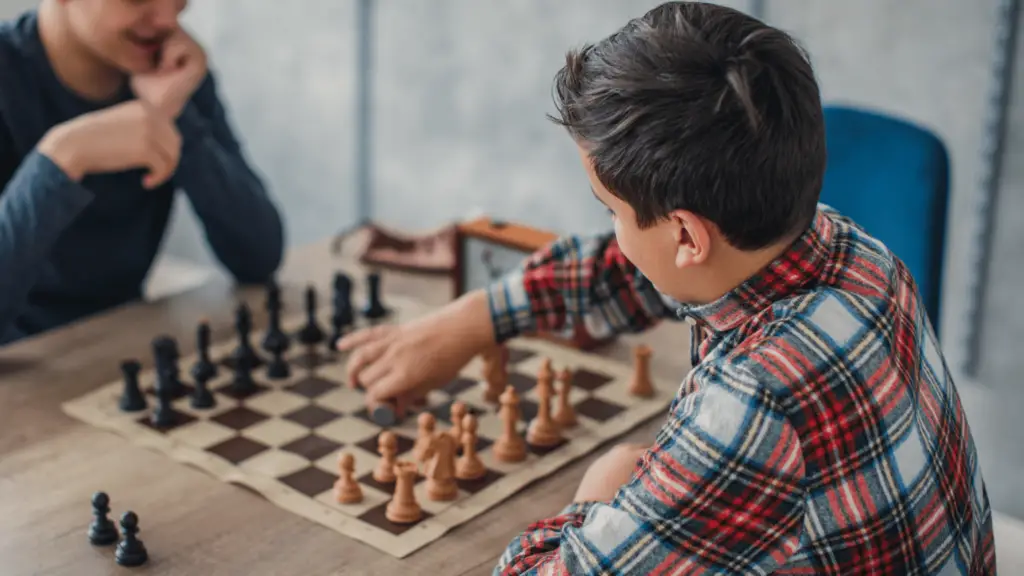
What are the essential things to know for someone starting chess as a hobby?
If you are starting chess as a hobby, it is essential to know the basic rules and moves of the game. You should also familiarize yourself with the different chess pieces and their values. Additionally, it is important to practice regularly and play with other players to improve your skills.
What are the best beginner-friendly chess books to learn from?
There are many great beginner-friendly chess books available. Some popular options include “Chess for Dummies” by James Eade, “Bobby Fischer Teaches Chess” by Bobby Fischer, and “The Complete Idiot’s Guide to Chess” by Patrick Wolff. These books cover the basics of the game, as well as more advanced strategies.
What are the basic rules of chess that every beginner should know?
Every beginner should know the basic rules of chess, including how each piece moves, how to castle, and how to checkmate. It is also important to know the rules for capturing pieces and the concept of en passant. Familiarizing yourself with these rules will help you play the game more confidently.
What are some good online resources for learning chess as a beginner?
There are many online resources available for learning chess as a beginner. Chess.com and ChessKid.com are both popular options that offer tutorials, puzzles, and games for players of all skill levels. YouTube channels like “The Chess Website” and “ChessNetwork” also offer instructional videos for beginners.
Can anyone learn to play chess as a hobby, regardless of age?
Yes, anyone can learn to play chess as a hobby, regardless of age. Chess is a game that can be enjoyed by people of all ages, and it is never too late to start learning. With practice and dedication, anyone can improve their skills and become a better chess player.
What are some effective strategies for winning at chess as a beginner?
Some effective strategies for winning at chess as a beginner include controlling the center of the board, developing your pieces quickly, and protecting your king. It is also important to be aware of your opponent’s moves and to think ahead. As you gain more experience, you can start to develop more advanced strategies and tactics.

